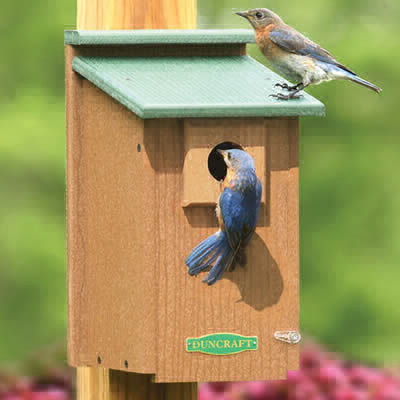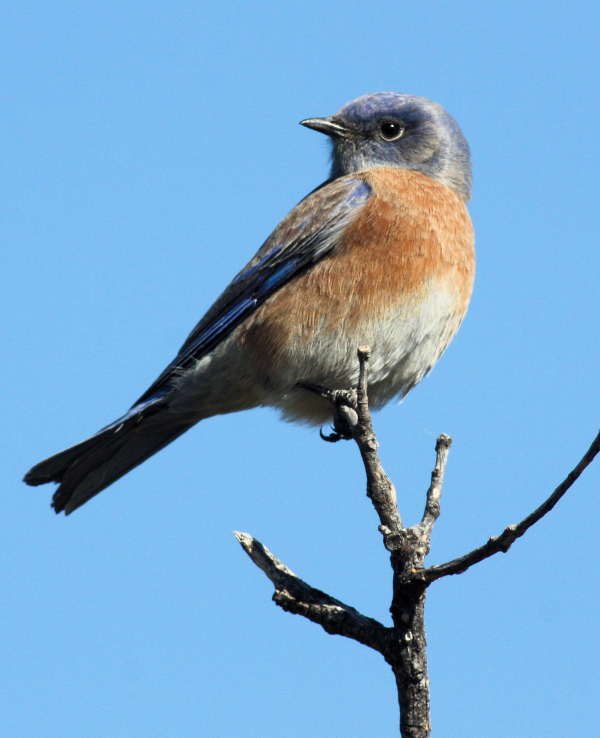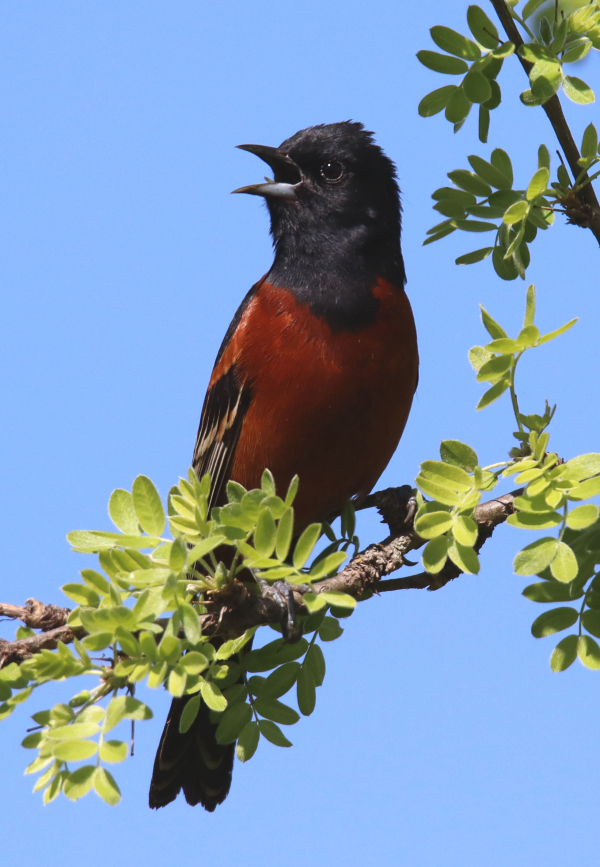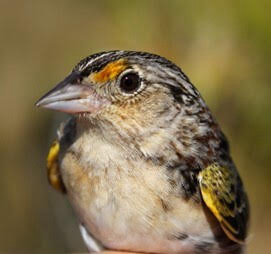A New White-throated Sparrow Song is Spreading
I look forward to these little sparrows passing through each spring…GW
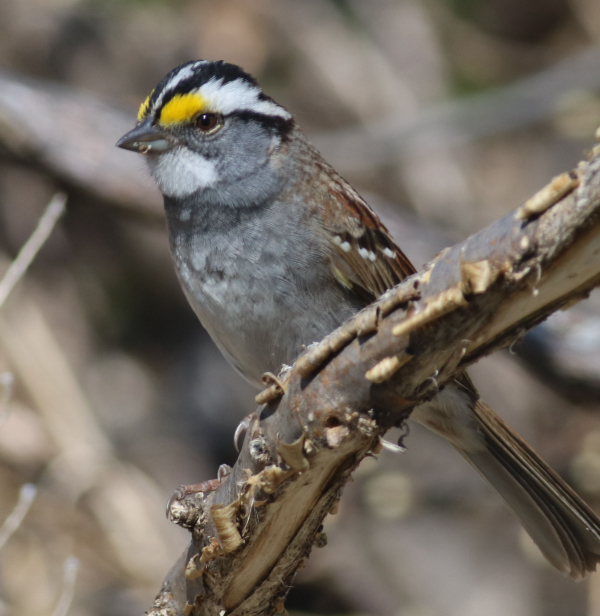
Most species of birds have distinct songs and calls that tend to stay the same. It’s how birders can identify a species without seeing it. New research conducted across Canada, assisted by birders who have provided recordings to eBird, shows a species song can change over time. Over a period of two decades, White-throated Sparrows that nest across western and central Canada have changed one of their songs. The new song was first noticed among territorial White-throats in British Columbia and researchers have studied the spread of the new song eastward to Quebec.
“White-throated Sparrows have this classic song that’s supposed to sound like: ‘Oh, my sweet Canada, Canada, Canada’,” but the new song sounds like “Oh, my sweet Cana– Cana– Cana– Canada,” explained Ken Otter, professor of biology at the University of Northern British Columbia.
Now, most of the White-fronted Sparrows that nest across Canada are singing the new song, but it’s still spreading through Quebec, more than 2,000 miles from where it originated! Although some bird songs undergo slow evolutions, this rapid shift in a species’ song has never been chronicled before, according to Ken Otter, lead author of a study published last week in the journal Current Biology. As the song sweeps west to east, ornithologists wonder what makes the new song so popular, and if the trend will continue. Dr. Otter added, “There is other song that we know of that’s spread like this.”
The new information was made possible by crowd-sourced birdsong recordings, which are uncovering patterns that may have previously gone unnoticed. Otter’s work relied on recordings from eBird and Xeno-Canto birdsong libraries that file birdsongs recorded and uploaded by birders and biologists from around the world.
Birdsongs are not just pleasant to listen to, they’re also rich with information, such as the health and fitness of the singer. Like other birds, male White-throated Sparrows sing to establish a territory and entice females. It’s only the males that sing certain songs, which they learn during a critical period of time during their early development.
Otter, who studies bird behavior and communication at the University of Northern British Columbia, first noticed that something was up with sparrow songs during the late 1990s when the new song trend emerged in northern British Columbia, where Otter and his colleague first heard the “weird” call. From there, it progressed east among White-throated Sparrows across Alberta, Saskatchewan, and Manitoba.
In 2004, about half the White-throated Sparrows in Alberta were singing the new song, but by 2014, every White-throat in the area had made the shift. By 2015, every sparrow west of central Ontario was singing the new version of the song. And it’s still spreading in western Quebec, nearly 2,000 miles from where the song began.
Using two decades of citizen-recorded data, including more than 1,785 recordings, Otter and his team were able to map the song’s spread. Crowd-sourced science is “like having thousands of research assistants spread out across the continent,” Otter described. “It’s allowing researchers to tap into a totally different avenue of research, to look at this on a very big scale that was never [available] before.”
To learn more about this exciting new information, including recordings of the old and new songs, you can refer to the original National Geographic article at
https://www.nationalgeographic.com/animals/2020/07/new-sparrow-birdsong-replaces-old-tune/ and you can refer to the new scientific publication at https://www.cell.com/current-biology/fulltext/S0960-9822(20)30771-5


